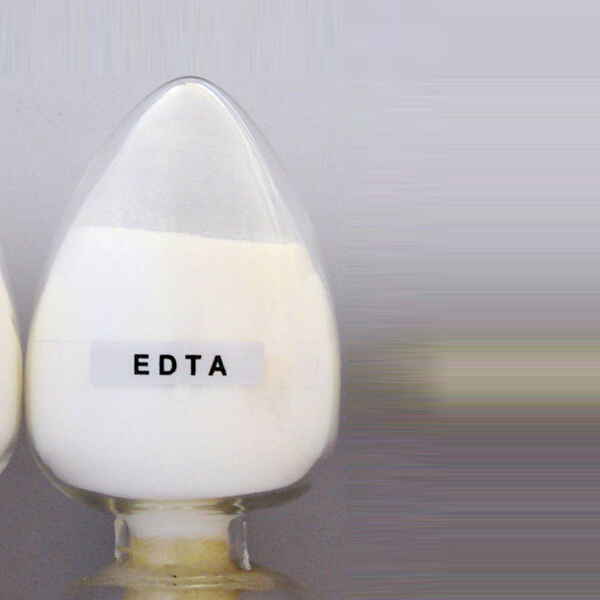
News
Dek . 11, 2024 11:45 Back to list
polyaspartic acid solubility
The Solubility of Polyaspartic Acid A Comprehensive Overview
Polyaspartic acid, a biocompatible polymer derived from aspartic acid, has garnered significant attention in various fields, including pharmaceuticals, agriculture, and materials science. Its solubility properties play a crucial role in determining its applicability and effectiveness in these sectors. Understanding the solubility of polyaspartic acid involves examining its chemical structure, the factors affecting solubility, and its implications for practical applications.
Chemical Structure and Characteristics
Polyaspartic acid is formed through the polymerization of aspartic acid, an amino acid that possesses a carboxyl group (-COOH) and an amine group (-NH2). This structure results in a polymer that can form chains of varying lengths, influencing its physical and chemical properties. The presence of multiple carboxyl groups in the polymer backbone imparts water solubility and high reactivity, making polyaspartic acid valuable for numerous applications.
Factors Influencing Solubility
The solubility of polyaspartic acid, like many polymers, is influenced by several factors, including molecular weight, pH, and temperature
.1. Molecular Weight The molecular weight of polyaspartic acid directly affects its solubility. Generally, lower molecular weight polyaspartic acid exhibits higher solubility due to its shorter chain length, which allows for easier interactions with solvent molecules. As molecular weight increases, the polymer chains become more entangled, reducing solubility.
2. pH The solubility of polyaspartic acid is also highly dependent on the pH of the solution. In acidic environments, the carboxyl groups tend to remain protonated, resulting in lower solubility. Conversely, in alkaline conditions, deprotonation occurs, increasing the negative charge on the polymer and enhancing solubility by promoting electrostatic repulsion between the chains.
polyaspartic acid solubility

3. Temperature Temperature can significantly influence the solubility of polyaspartic acid. Typically, higher temperatures increase molecular motion, facilitating the disruption of intermolecular forces and enhancing solubility. However, the specific relationship can vary based on the degree of polymerization and the solvent used.
Applications of Polyaspartic Acid
The solubility properties of polyaspartic acid render it suitable for diverse applications. In pharmaceuticals, it is utilized in drug delivery systems due to its ability to form hydrogels, which can encapsulate active compounds and facilitate their release in a controlled manner. The enhanced solubility of polyaspartic acid allows for effective integration into biological systems.
In agriculture, polyaspartic acid serves as a biodegradable chelating agent, binding essential nutrients and improving their availability to plants. Its water solubility enhances its effectiveness, ensuring that these nutrients can be readily absorbed by plant roots.
Moreover, polyaspartic acid is increasingly being employed in the coatings industry. Its solubility and reactivity enable the formulation of protective coatings that are not only durable but also environmentally friendly. The coating's performance is significantly influenced by the solubility of the polymer, which affects adhesion, flexibility, and resistance to degradation.
Conclusion
In conclusion, the solubility of polyaspartic acid is a vital characteristic that influences its usability across various industries. From pharmaceuticals to agriculture and coatings, understanding the factors that affect solubility—including molecular weight, pH, and temperature—can help optimize the formulation and application of polyaspartic acid in practical settings. As research progresses, the potential for innovative applications continues to expand, highlighting the importance of solubility in determining the feasibility and effectiveness of this versatile polymer. Future studies focused on manipulating solubility characteristics will likely unlock new horizons for polyaspartic acid in technology and environmental sustainability.
-
Polyaspartic Acid Salts in Agricultural Fertilizers: A Sustainable Solution
NewsJul.21,2025
-
OEM Chelating Agent Preservative Supplier & Manufacturer High-Quality Customized Solutions
NewsJul.08,2025
-
OEM Potassium Chelating Agent Manufacturer - Custom Potassium Oxalate & Citrate Solutions
NewsJul.08,2025
-
OEM Pentasodium DTPA Chelating Agent Supplier & Manufacturer High Purity & Cost-Effective Solutions
NewsJul.08,2025
-
High-Efficiency Chelated Trace Elements Fertilizer Bulk Supplier & Manufacturer Quotes
NewsJul.07,2025
-
High Quality K Formation for a Chelating Agent – Reliable Manufacturer & Supplier
NewsJul.07,2025
